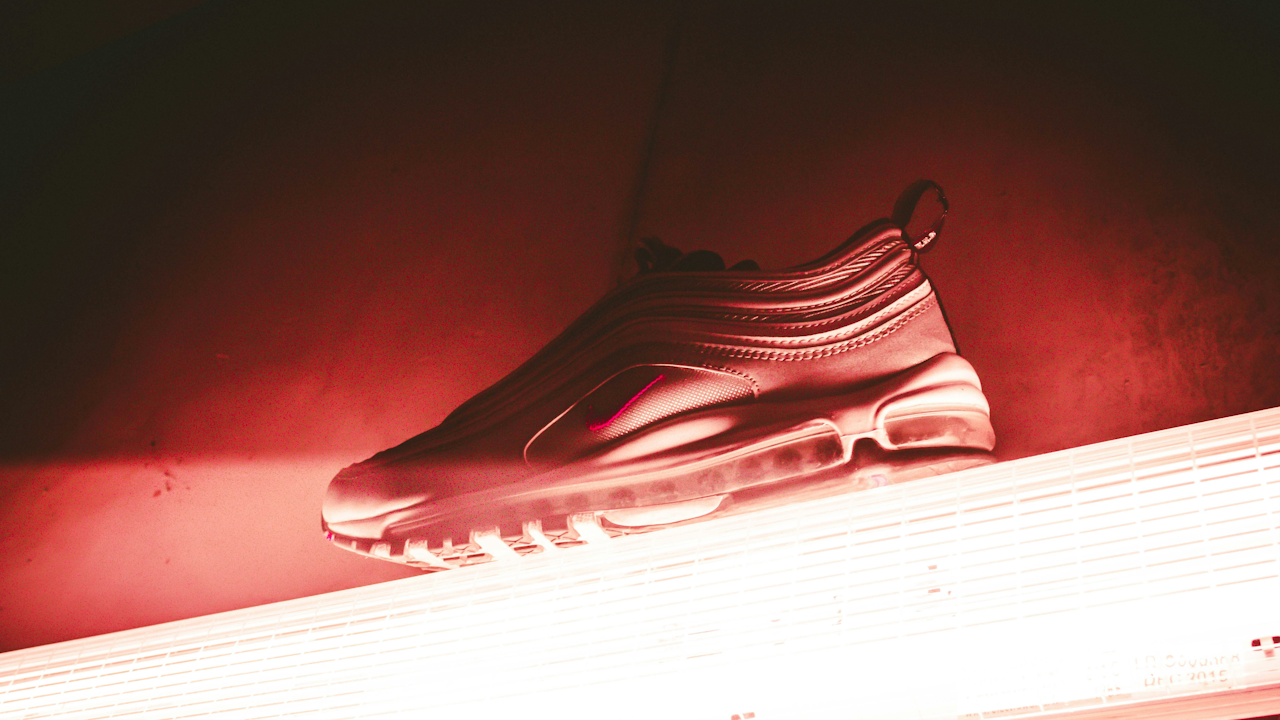Over the last decade, sneakers have evolved from functional sportswear to cultural symbols, fashion statements, and even financial assets. The market for limited-edition sneakers has become a thriving sub-sector of the global fashion and collectibles industry, attracting investors who see footwear as more than something to wear. In the sneaker economy, certain pairs can appreciate in value faster than some stocks, making them an unconventional but potentially lucrative investment.
The Rise of the Sneaker Resale Market
The concept of sneakers as investments has roots in streetwear culture, where exclusivity and hype fuel demand. In the early 2000s, brands like Nike and Adidas began experimenting with limited releases to generate excitement. Collaborations with celebrities, athletes, and designers created unique designs in restricted quantities. Once a shoe sold out at retail, it was often only available through resellers, who could charge significant markups.
By the mid-2010s, dedicated online resale platforms like StockX, GOAT, and Flight Club made it easier to trade sneakers as if they were commodities. These marketplaces track historical prices, authenticate products, and give investors a clear view of a sneaker’s value over time. The result has been a professionalized secondary market where buying and selling sneakers is no longer just a side hustle but, for some, a full-time occupation.
Supply, Demand, and Scarcity
The sneaker economy operates on the same basic principles as any collectibles market: scarcity drives value. Brands intentionally limit supply to create hype and increase perceived exclusivity. Some collaborations release only a few thousand pairs globally, making them instantly desirable. When demand significantly outstrips supply, resale prices can rise within hours of a release.
Nike’s Air Jordan line is one of the best examples of this phenomenon. The Air Jordan 1 “Chicago” colorway from 1985 has seen multiple reissues, but original pairs in good condition can sell for tens of thousands of dollars. Similarly, Yeezy sneakers, initially produced in small quantities, created a frenzy among fans and investors alike. Even more recent releases, like certain Nike SB Dunk collaborations, have shown the potential for immediate resale profits.
Investment Strategies in the Sneaker Market
Treating sneakers as an investment requires an understanding of cultural trends, market cycles, and product quality. The most successful sneaker investors do not simply buy every hyped release. They research upcoming drops, track past performance of similar models, and analyze brand partnerships.
Some strategies include:
- Long-Term Holding – Buying pairs that are expected to grow in cultural significance and holding them for years, similar to fine art or vintage cars.
- Quick Flipping – Purchasing a limited release at retail and selling it shortly after for an immediate profit, capitalizing on release-day hype.
- Diversification – Holding a mix of high-value classics and newer models to balance risk.
- Condition Preservation – Keeping sneakers “deadstock” (brand new and unworn) with original packaging to maintain maximum value.
Knowledge is essential because not all limited releases appreciate in value. Some collaborations generate hype initially but fail to hold long-term demand.
Risks and Challenges
Like any investment, sneaker trading comes with risks. Market demand is tied to shifting cultural tastes, and hype can fade quickly. A sneaker that sells for triple retail price one month may lose significant value if the market becomes saturated or if interest in the style declines.
Counterfeits are another major challenge. Fake sneakers have become increasingly sophisticated, sometimes fooling even experienced collectors. While reputable resale platforms offer authentication services, private sales always carry the risk of purchasing counterfeit goods.
Another consideration is liquidity. While a sneaker may be valued at $2,000 on a marketplace, finding a buyer at that price is not always guaranteed. Transaction fees, shipping costs, and authentication processes can also cut into profits.
Cultural Capital and Brand Power
One reason sneakers have become viable investments is their cultural capital. A limited-edition sneaker is not just a product. It is a symbol of belonging to a community, of being in touch with fashion trends, or of owning a piece of sports history. Sneaker drops often tie into larger cultural moments, such as championship wins, album releases, or anniversaries of historic events.
Brands like Nike, Adidas, and New Balance understand this dynamic and often use storytelling to amplify the value of a release. The narrative behind a shoe can be just as important as the design itself. For investors, this means monitoring cultural conversations and anticipating which moments will resonate long-term.
Sustainability and the Future of Sneaker Investing
As the sneaker resale market grows, questions about sustainability and environmental impact are becoming more pressing. The constant production of new models and the transportation required for global resale contribute to a larger environmental footprint. Some brands are experimenting with sustainable materials or recycling programs, which could influence future consumer demand.
The market is also beginning to intersect with blockchain technology. Some companies are issuing NFTs tied to physical sneakers, providing proof of authenticity and ownership history on the blockchain. This innovation could reduce the counterfeit problem and make trading even more transparent.
Conclusion
The sneaker economy has transformed limited-edition kicks into a legitimate asset class for those willing to study the market. While it is not without risks, sneaker investing combines elements of fashion, culture, and finance in a way that appeals to both collectors and entrepreneurs. With the continued influence of celebrity collaborations, scarcity-driven marketing, and digital resale platforms, sneakers are likely to remain a hot commodity in the years to come.
Whether someone views them as wearable art, cultural artifacts, or pure investments, one fact is clear. Sneakers are no longer just something you buy to put on your feet. They are part of a fast-moving economy where style, status, and speculation walk side by side.

